
Maximizing Sustainability: Innovative Trends in Plastic Bottle Packaging Design
As the global demand for sustainable packaging solutions continues to rise, the spotlight on plastic bottle packaging has intensified. According to a report by Grand View Research, the global market for plastic packaging is expected to reach $440.3 billion by 2025, reflecting an increasing consumer preference for lightweight and recyclable materials. With more than 1 million plastic bottles purchased every minute worldwide, it's imperative for industries to innovate and adopt sustainable practices in their packaging designs. Recent trends highlight the incorporation of biodegradable materials, reduced plastic usage, and lifecycle assessments that prioritize environmental impact. Companies are now leveraging advanced technologies and innovative designs to minimize waste and enhance recycling processes, thereby addressing the pressing concerns surrounding plastic pollution. By embracing these innovative trends in plastic bottle packaging, businesses can not only meet regulatory demands but also align with the evolving expectations of eco-conscious consumers.

Innovative Materials in Plastic Bottle Packaging: A Shift Towards Biodegradables
The shift towards biodegradable materials in plastic bottle packaging represents a pivotal change in the beverage industry. Traditional plastics, known for their durability, contribute significantly to environmental pollution due to their long decomposition times. In contrast, innovative biodegradable materials, derived from renewable resources such as cornstarch and sugarcane, have emerged as viable alternatives. These materials not only reduce the carbon footprint associated with production but also break down more naturally once discarded, minimizing their impact on landfills and marine ecosystems.
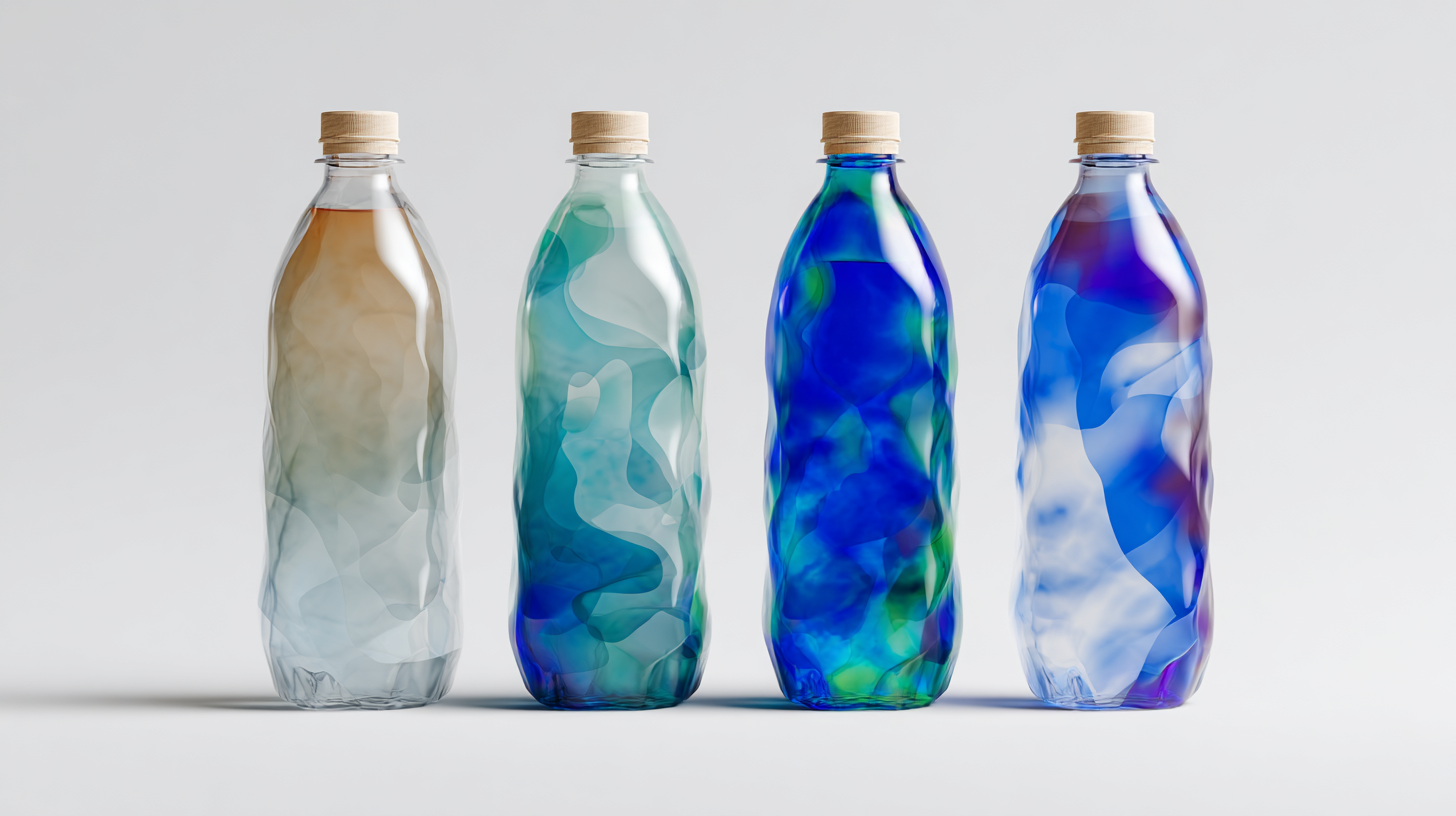
Furthermore, companies are increasingly experimenting with novel designs that incorporate these sustainable materials. Advanced manufacturing techniques allow for lightweight packaging that maintains structural integrity while using less material overall. This innovation not only caters to eco-conscious consumers but also aligns with global efforts to reduce plastic waste. As brands adopt these biodegradable solutions, they set a new standard in packaging design, encouraging a circular economy where resources are reused and replenished, ultimately leading to greater environmental sustainability.
The Role of Smart Technology in Enhancing Recycle Rates of Plastic Bottles
The incorporation of smart technology into plastic bottle packaging design is revolutionizing recycling efforts and enhancing sustainability. According to a 2023 report from the Ellen MacArthur Foundation, only 9% of plastic waste is currently recycled effectively, highlighting a pressing need for innovation in this sector. Smart labels and QR codes on containers enable consumers to learn about proper recycling methods, increasing overall awareness and participation in recycling programs. Furthermore, these technologies can track the lifecycle of bottles, providing valuable data for manufacturers to improve their practices and develop more sustainable materials.
Recent advancements in Internet of Things (IoT) technology are also playing a vital role in boosting recycling rates. Sensors embedded within recycling bins can monitor fill levels and provide real-time data to waste management companies, optimizing collection routes and reducing operational costs. A study by the World Economic Forum indicates that integrating IoT solutions in waste management could lead to a 30% increase in recycling rates. As these innovative trends continue to evolve, they pave the way for a more circular economy in the plastic packaging industry, allowing for greater sustainability and resource efficiency.
Consumer Preferences Driving Eco-Friendly Designs in Beverage Packaging
As consumer awareness about environmental issues grows, brands are increasingly shifting towards eco-friendly designs in beverage packaging, particularly in plastic bottle packaging. Today’s consumers are more informed and tend to favor products that align with their sustainability values. This change is driving companies to innovate, focusing on materials made from recycled plastics, biodegradable alternatives, or reusable designs. The rise in demand for transparency is pushing brands to disclose their sourcing and production techniques, allowing consumers to make informed choices.
**Tip:** When selecting a beverage, look for products that use minimal plastic or incorporate recycled materials. This approach not only supports sustainable practices but also encourages manufacturers to adopt greener methods.
Moreover, brands are also utilizing cutting-edge technology to create more efficient and elegant designs that appeal to eco-conscious shoppers. Lightweight bottles reduce material usage, while innovative cap designs ensure better recyclability. These features not only enhance the brand's image but also resonate well with a demographic that values sustainability.
**Tip:** Consider participating in recycling programs offered by brands. Many companies have initiatives to take back used bottles, providing incentives for consumers to return their plastic and supporting a circular economy.
Maximizing Sustainability: Consumer Preferences in Eco-Friendly Beverage Packaging
Lifecycle Assessment of Sustainable Plastic Bottles: Data-Driven Insights
The growing emphasis on sustainability in plastic bottle packaging has led to innovative design strategies that are increasingly informed by lifecycle assessment (LCA). Recent studies show that polyethylene (PE), which dominates the European packaging market, exhibits a lower global warming potential compared to alternative materials. Specifically, the LCA data indicates that PE's lifecycle emissions are significantly reduced when coupled with effective recycling practices, making it a favorable option in the quest for sustainable packaging solutions. These findings underscore the importance of material selection in achieving environmental goals.
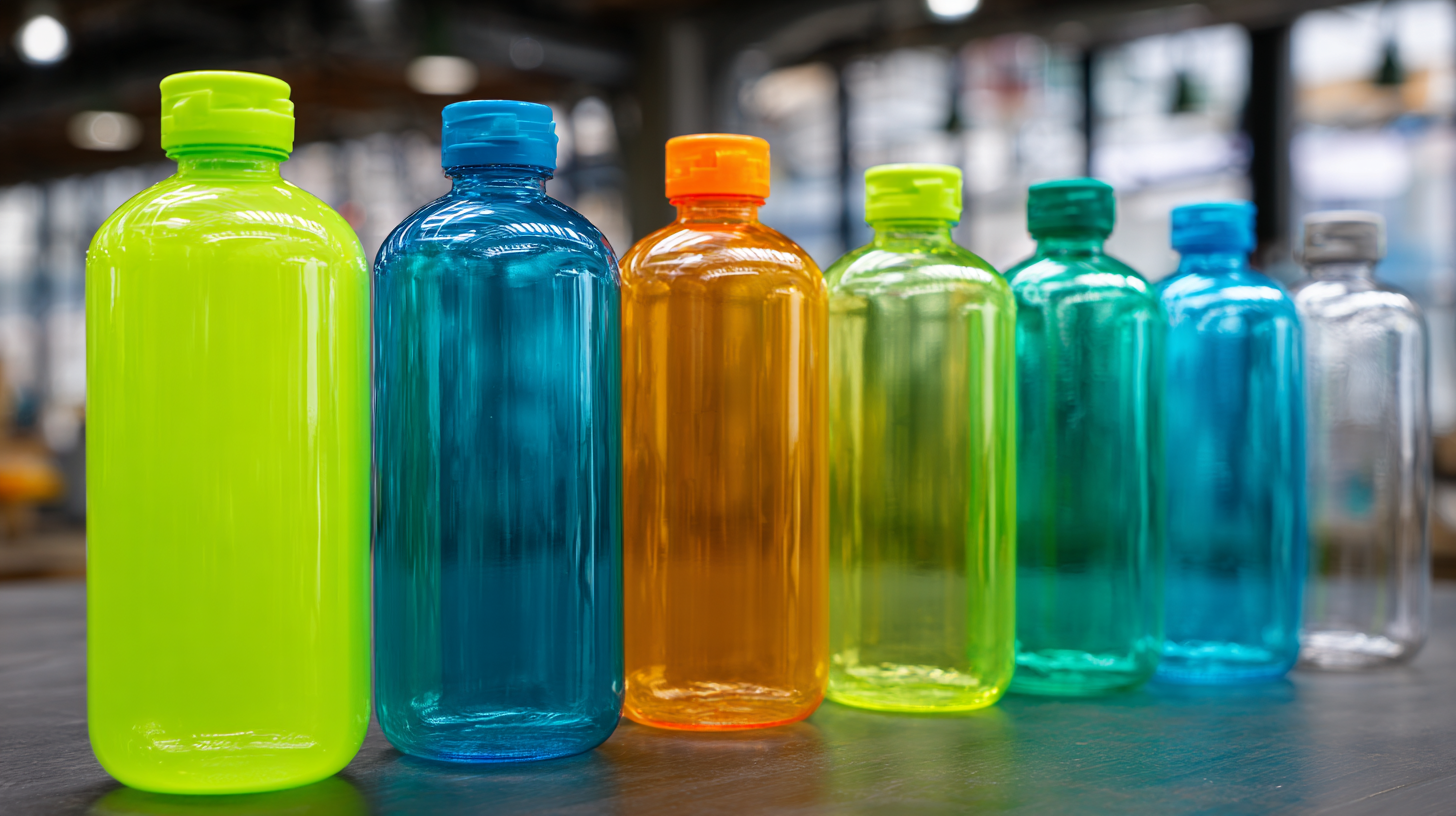
Moreover, advancements in smart packaging technologies, fueled by AI-powered sortation systems, promise to enhance recycling efficiency. Industry insights reveal that optimized design and material practices can not only improve recovery rates but also support the development of a circular economy. As companies increasingly adopt sustainable product design as a business imperative, the integration of LCA becomes crucial for both compliance and competitive advantage, driving innovation in packaging that aligns with both environmental and market demands. The strategic adoption of these practices marks a notable shift in the industry, highlighting the potential for positive environmental impact amid ongoing challenges related to plastic waste.
Industry Trends: Impact of Legislation on Plastic Bottle Redesign Initiatives
In recent years, the plastic bottle packaging industry has faced significant pressure due to evolving legislation aimed at reducing environmental impact. Governments worldwide are implementing stricter regulations on plastic usage, leading companies to rethink their packaging designs. This shift not only responds to legal mandates but also enhances brand reputation, as consumers increasingly favor environmentally responsible products. As a result, many companies are investing in innovative redesign initiatives that incorporate recycled materials, lightweight structures, and biodegradable options.
The influence of legislation is particularly evident in the emergence of Extended Producer Responsibility (EPR) policies, which require manufacturers to manage the lifecycle of their products, including post-consumer waste. This regulatory framework compels businesses to innovate in ways that minimize waste and promote recycling. Consequently, brands are exploring various eco-friendly alternatives, such as plant-based plastics and refillable bottle systems. These changes signal a broader trend towards sustainability, aligning corporate practices with the growing consumer demand for responsible packaging solutions and a cleaner environment.
Related Posts
-
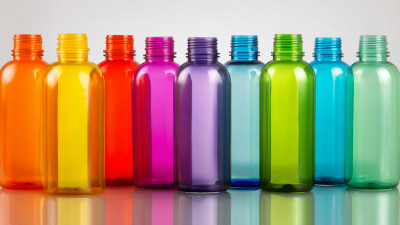
Finding the Right Supplier for Best Plastic Bottle Packaging Tips and Checklist Guide
-

Unlocking Quality: Essential Supplier Sourcing Tactics for Best Plastic Bottle Containers
-
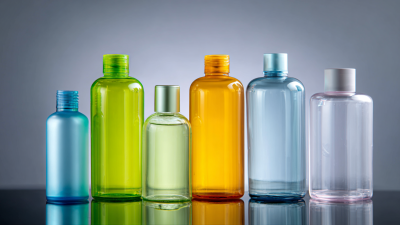
Ultimate Guide to Choosing the Best Plastic Bottle Containers for Your Needs
-

How to Choose the Best Tube Lip Gloss for Your Skin Type and Lifestyle
-
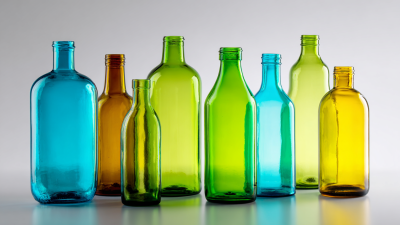
The Ultimate Guide to Sustainable Packaging Solutions for Glass Bottles
-

Choosing the Right Packaging for Glass Bottles: A Complete Guide for Eco-Friendly Solutions






